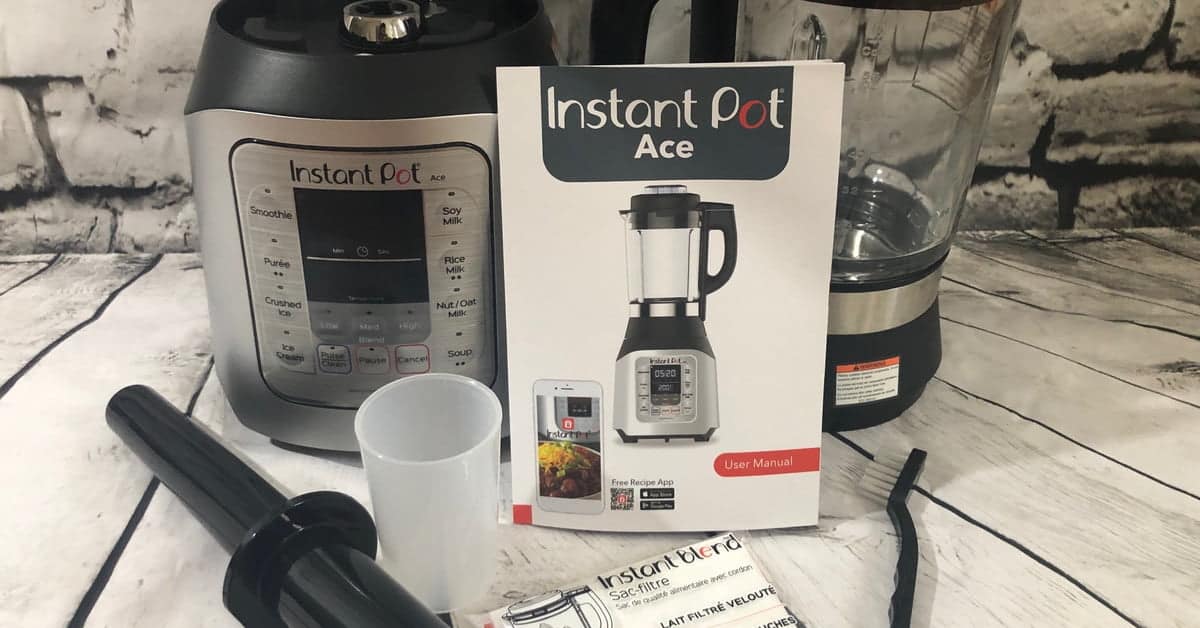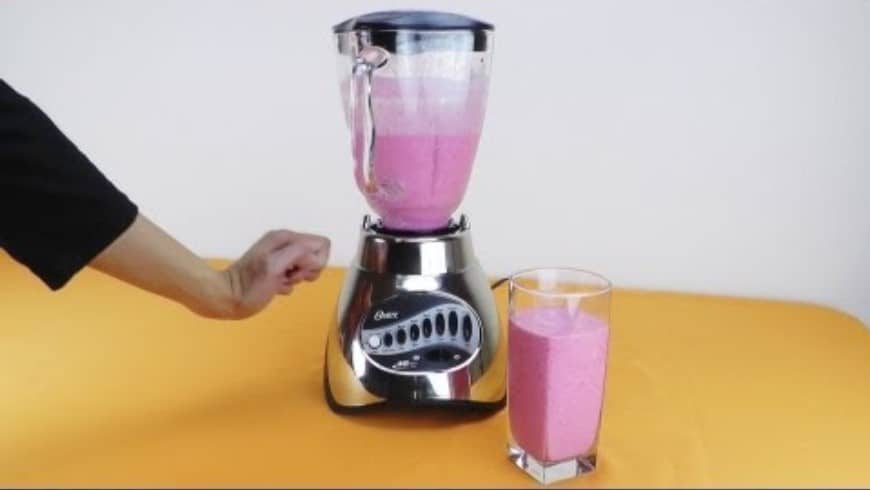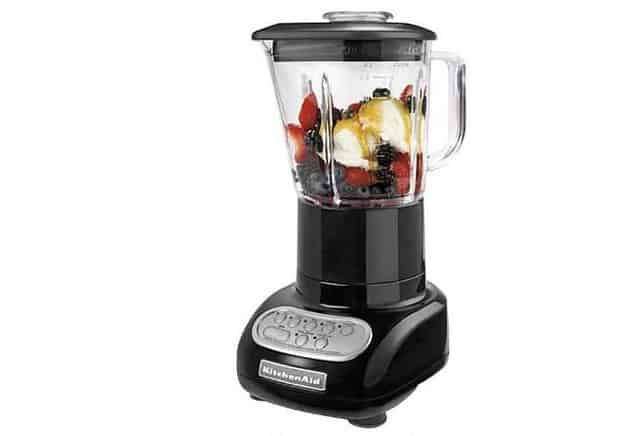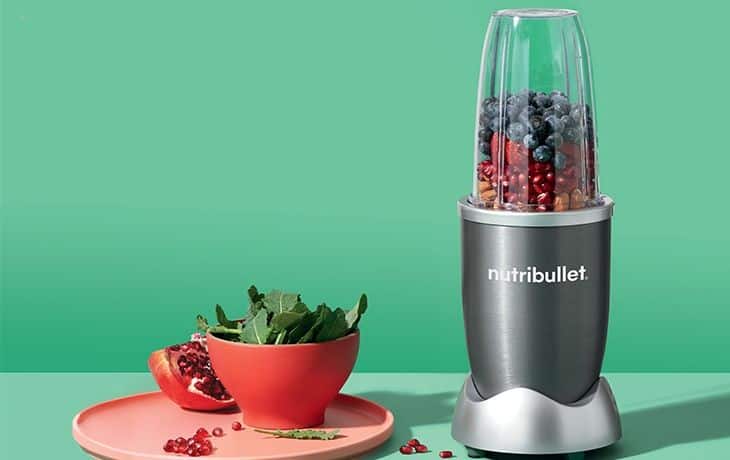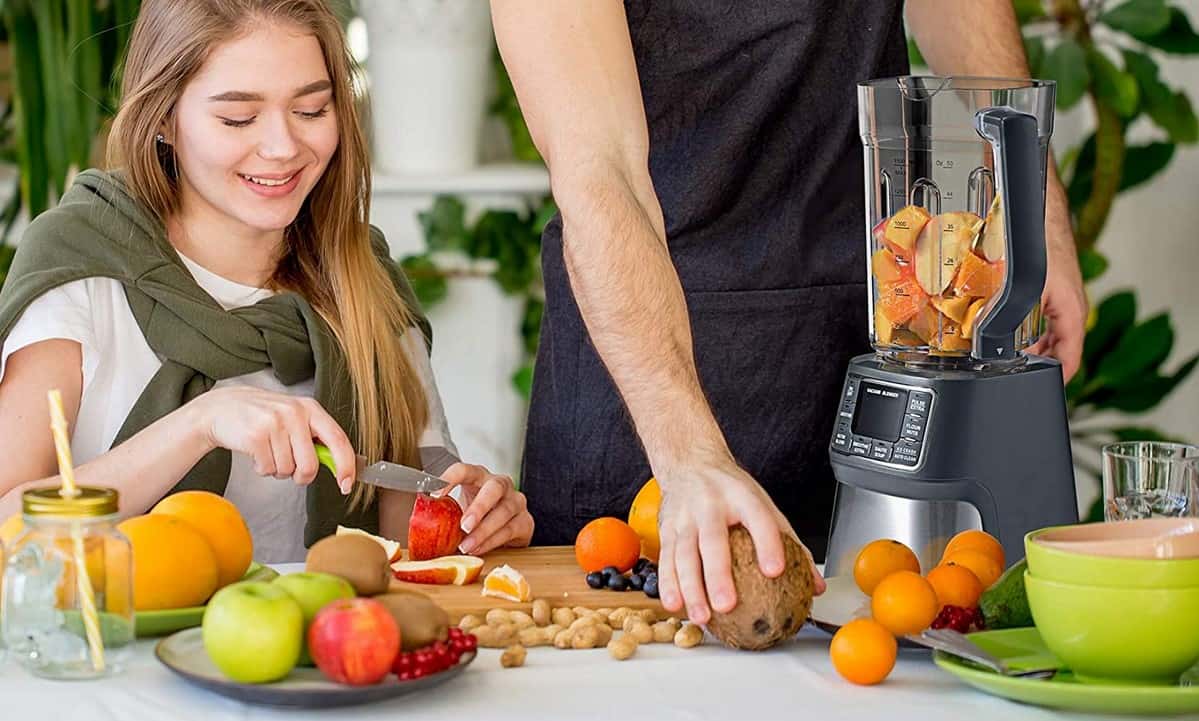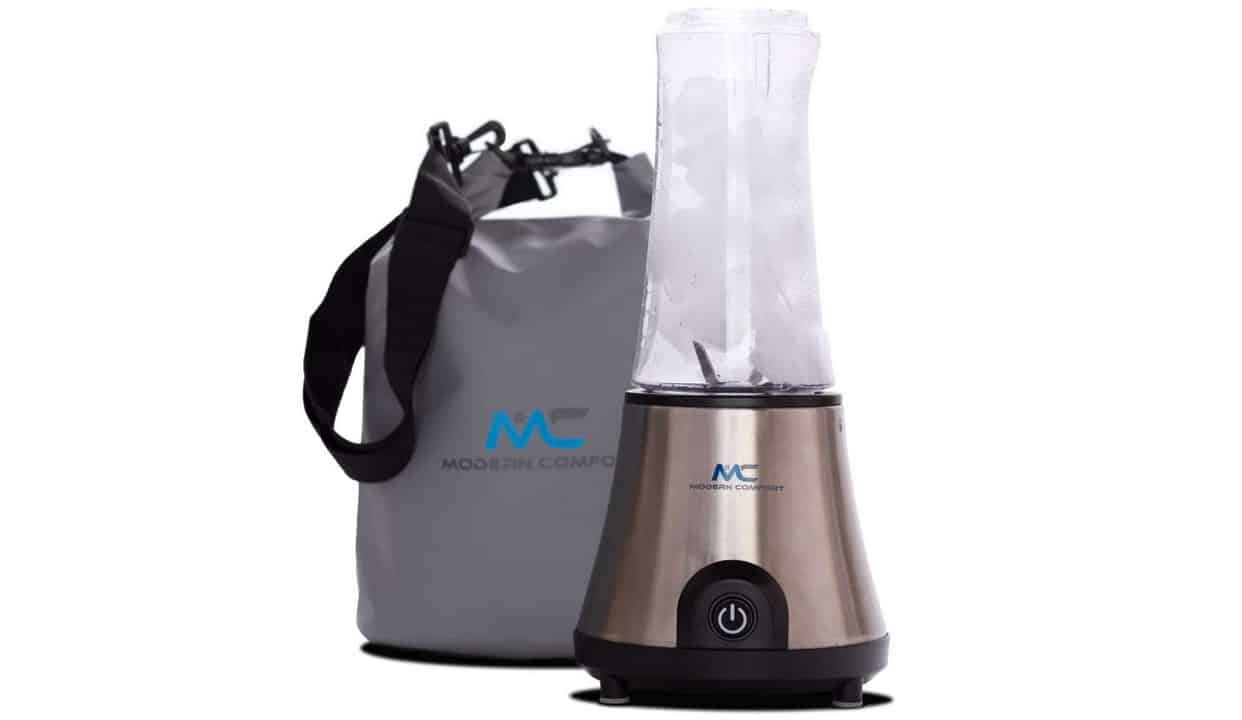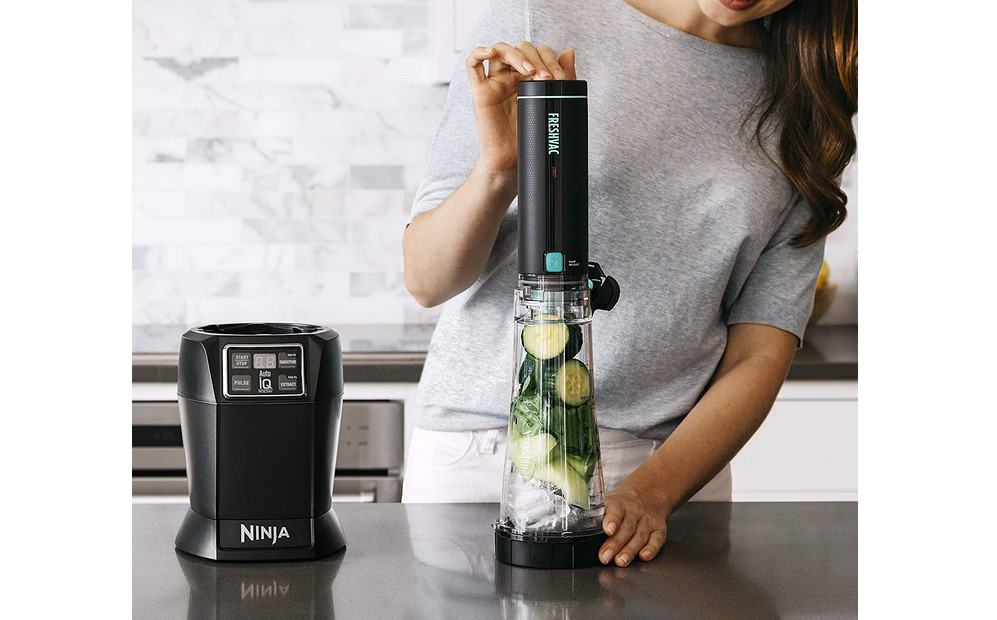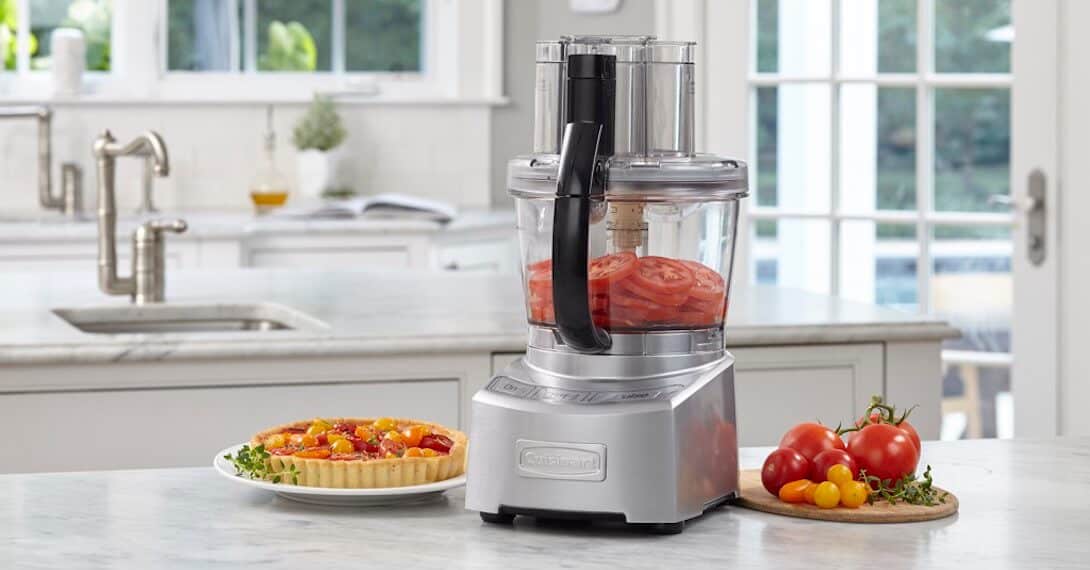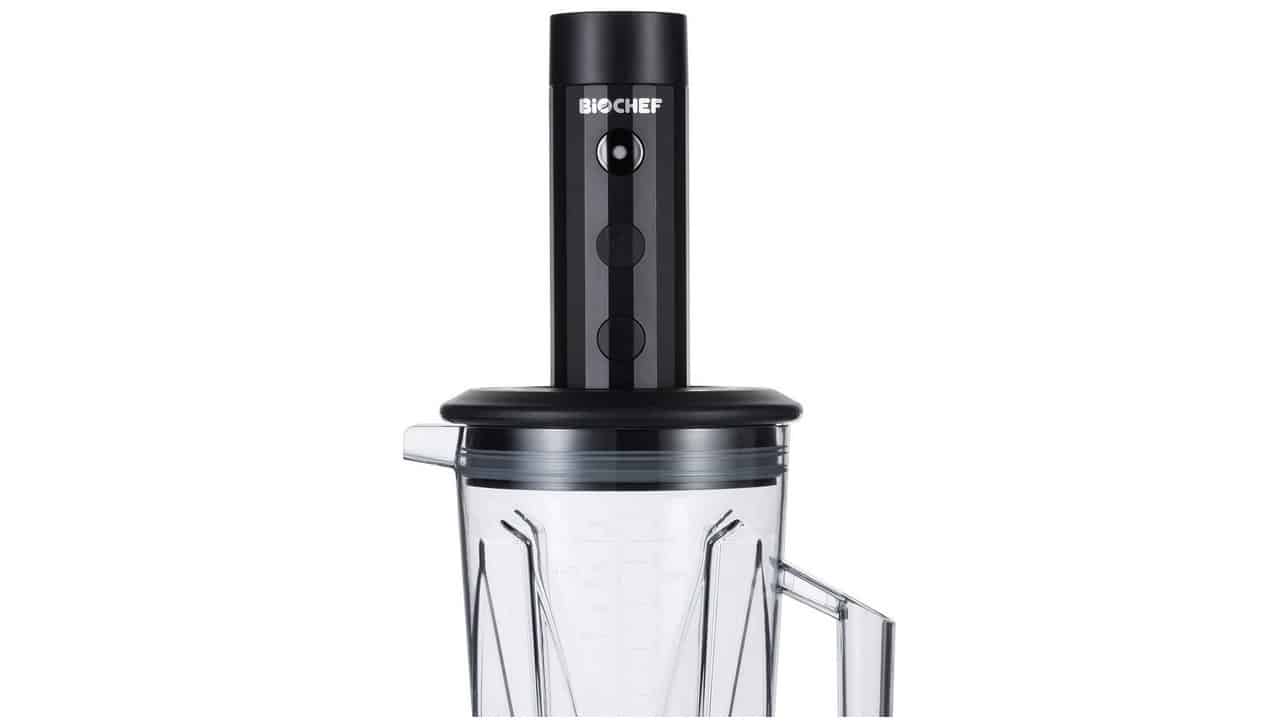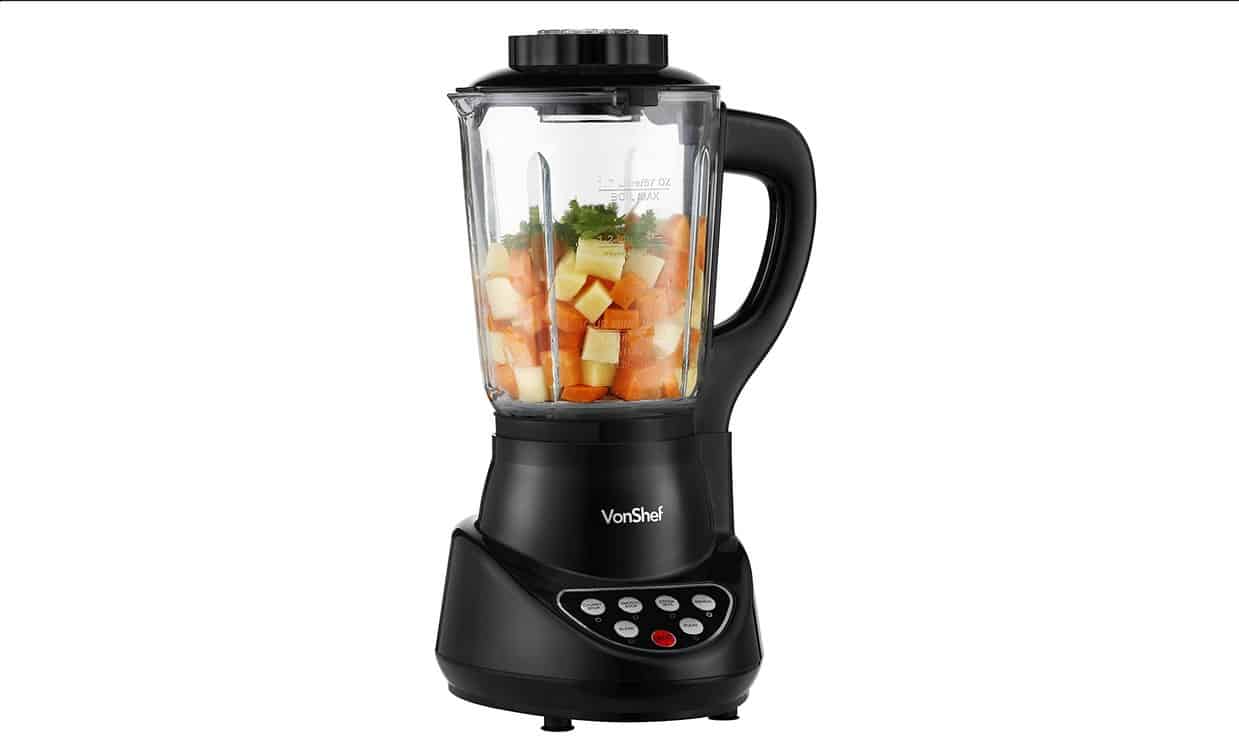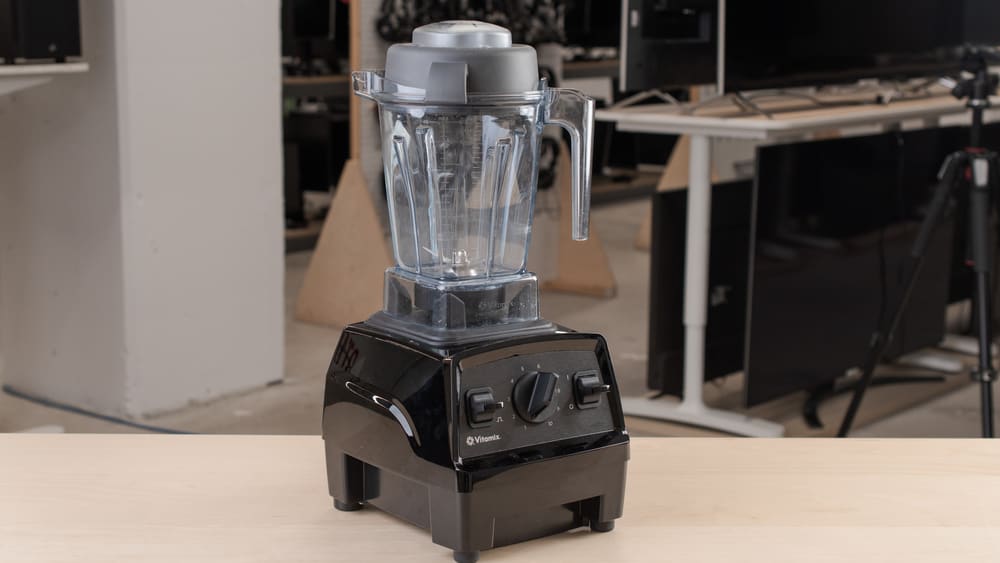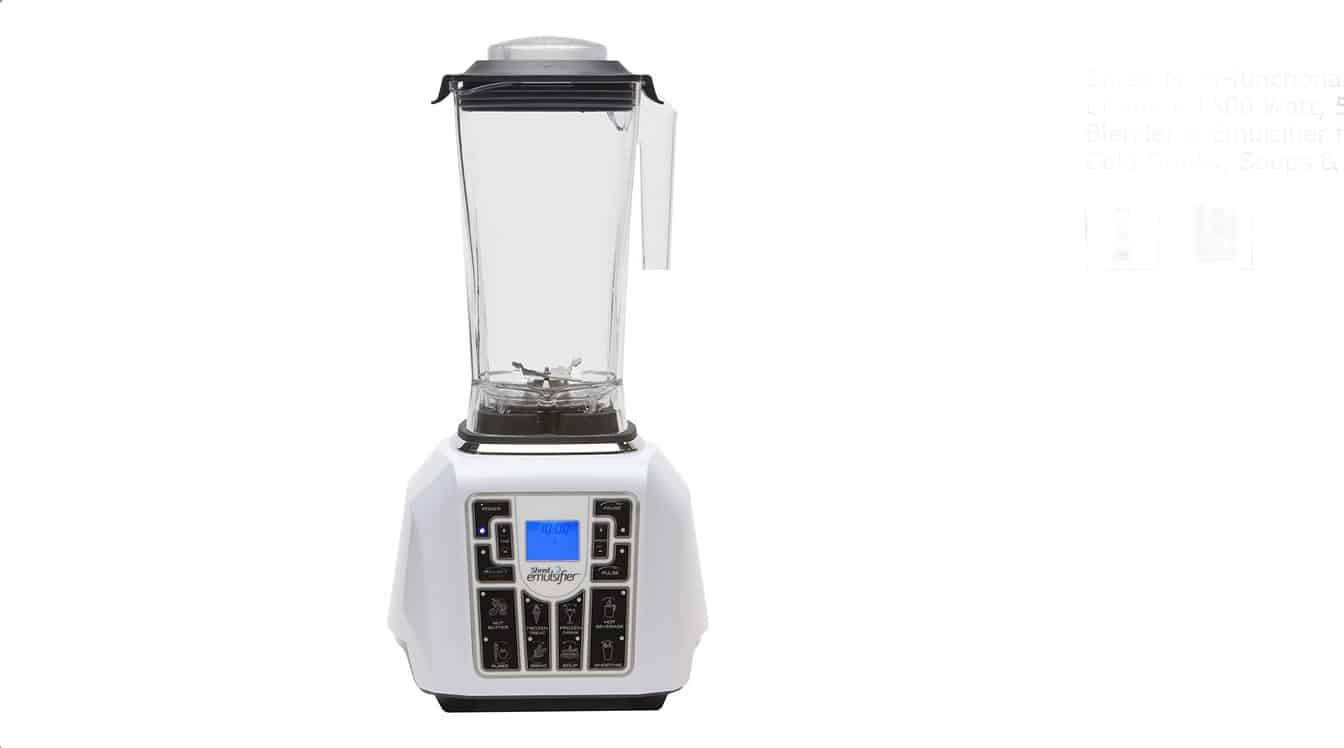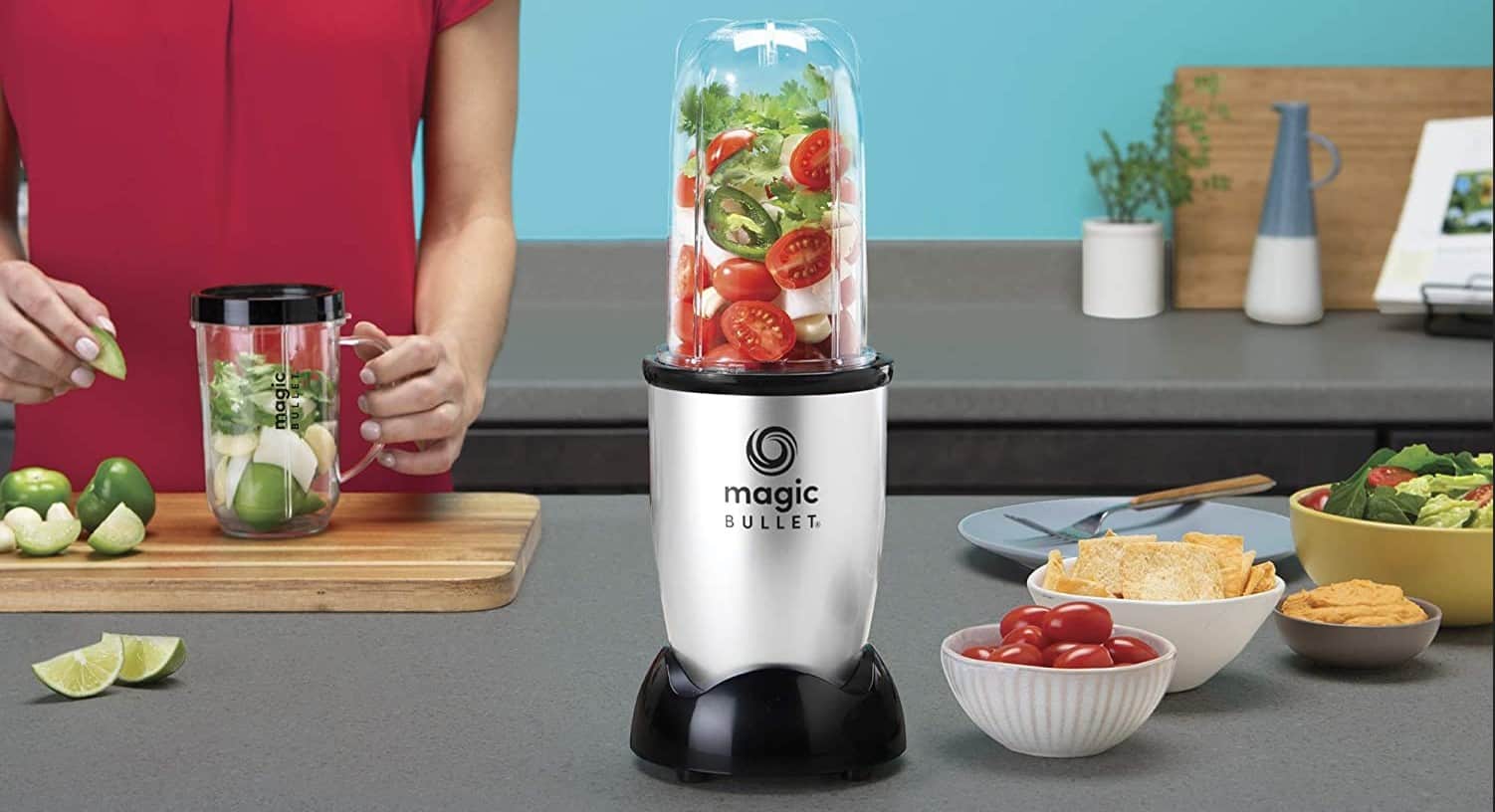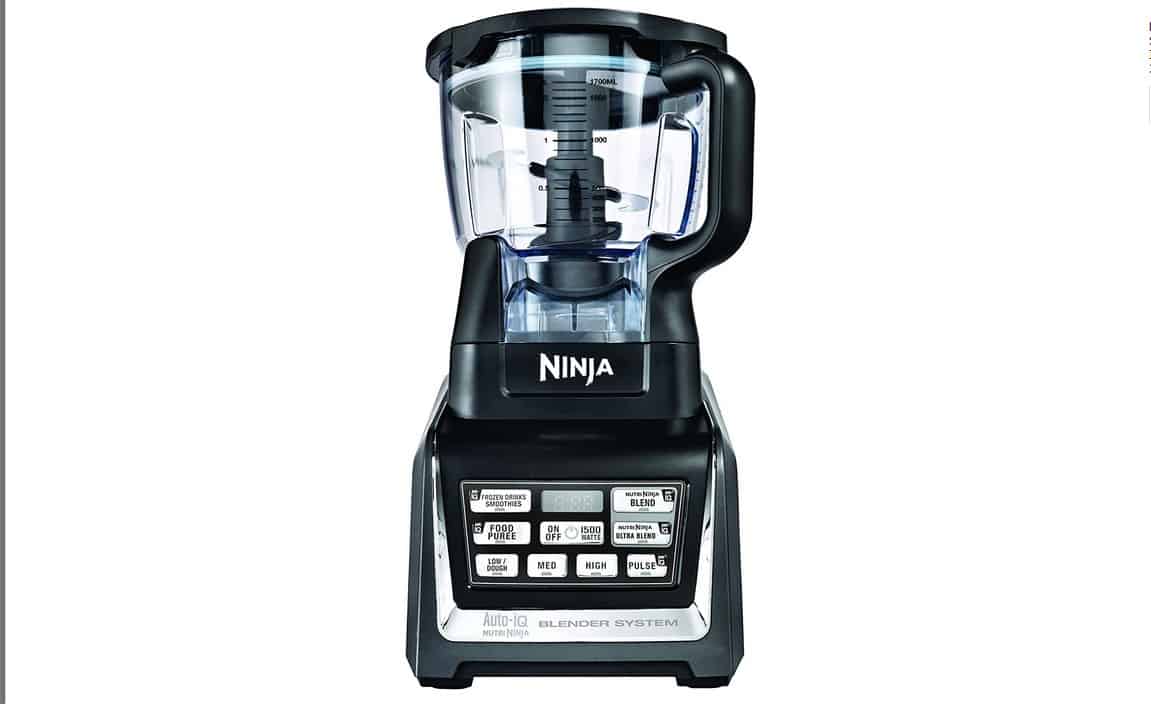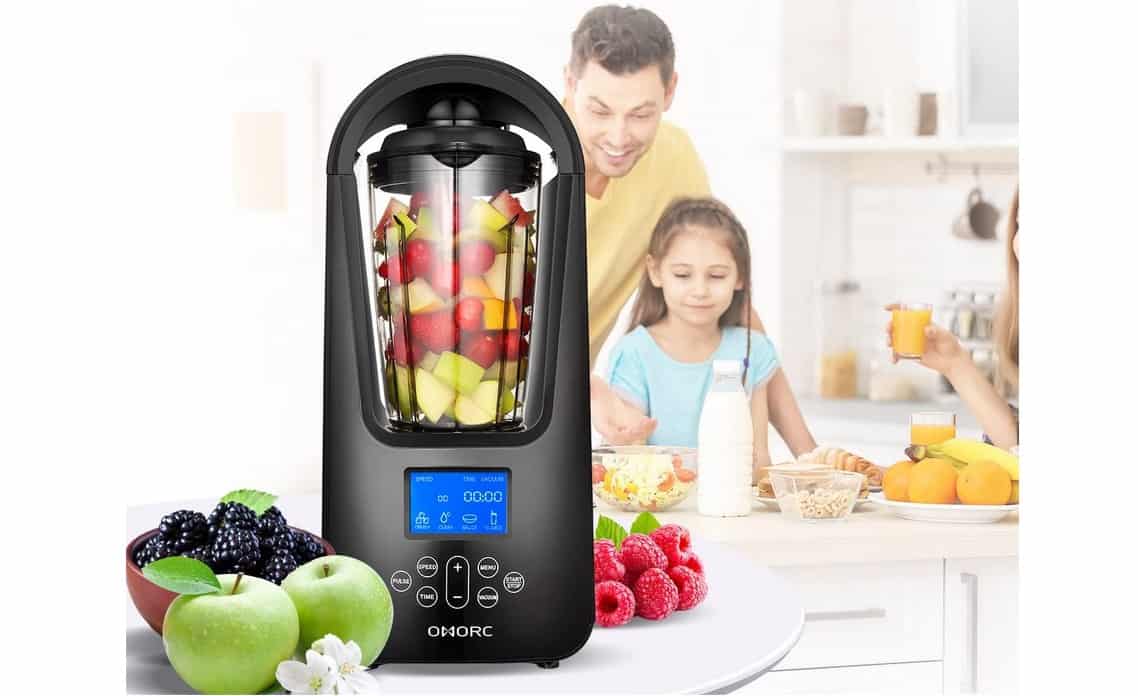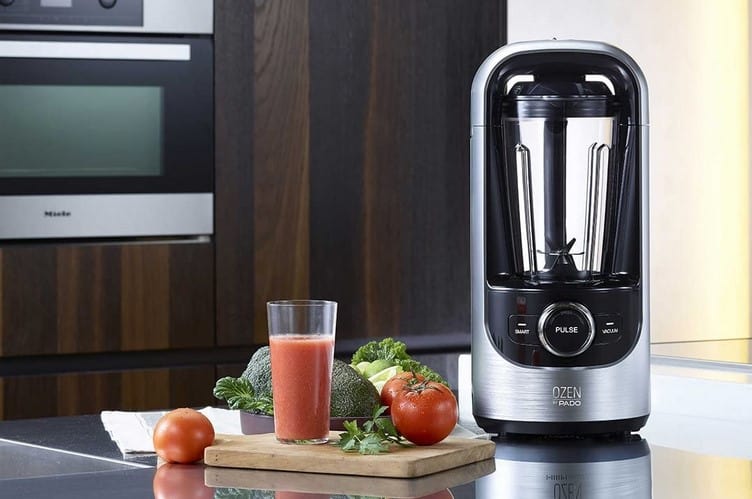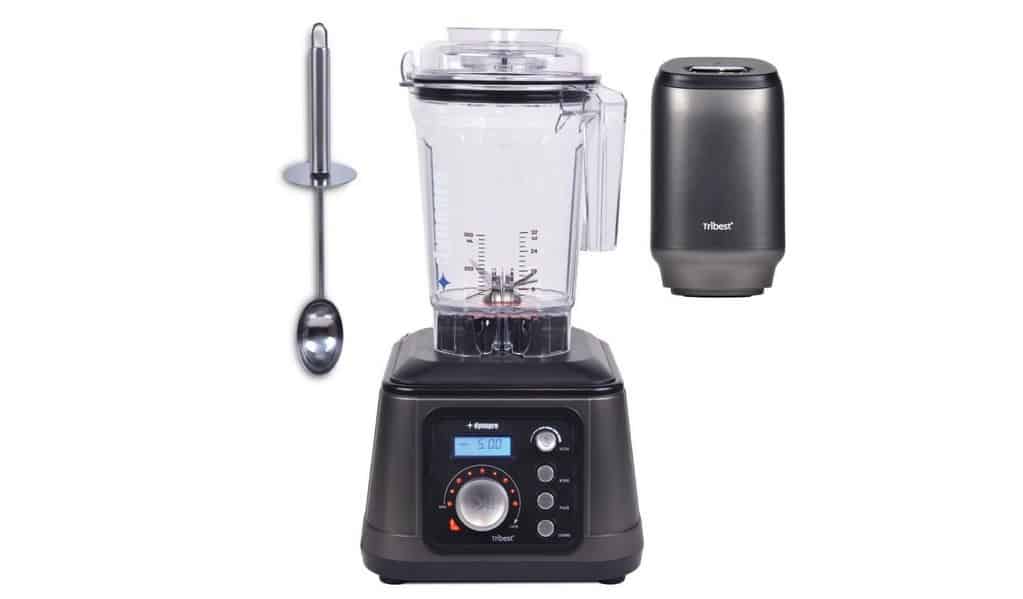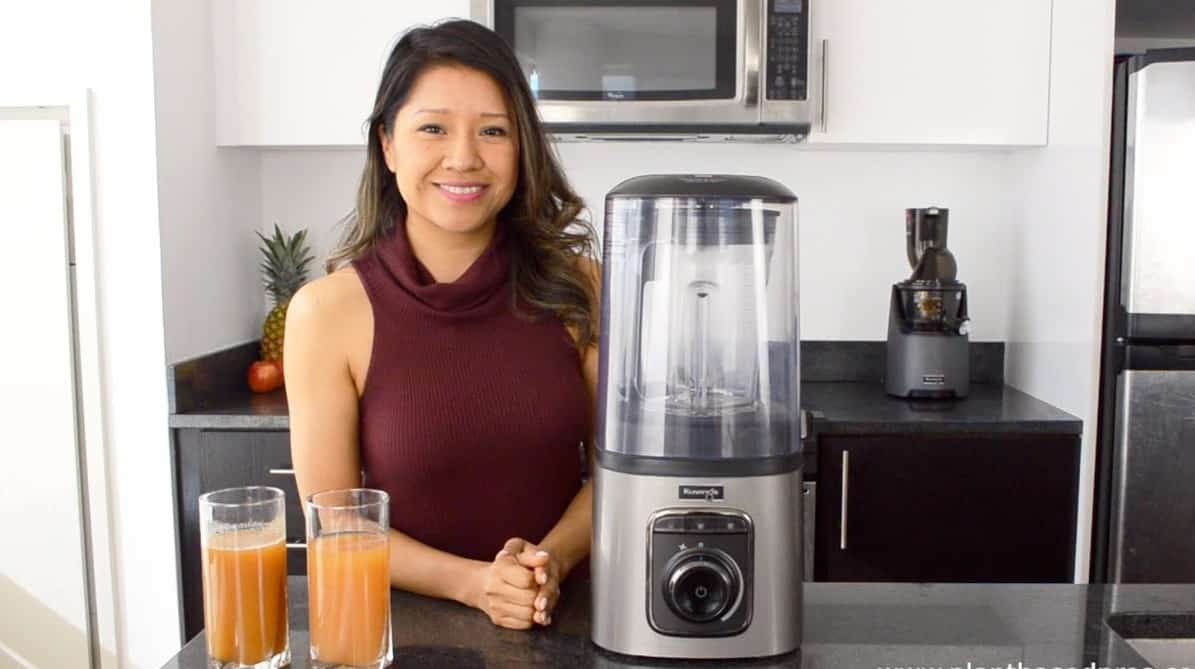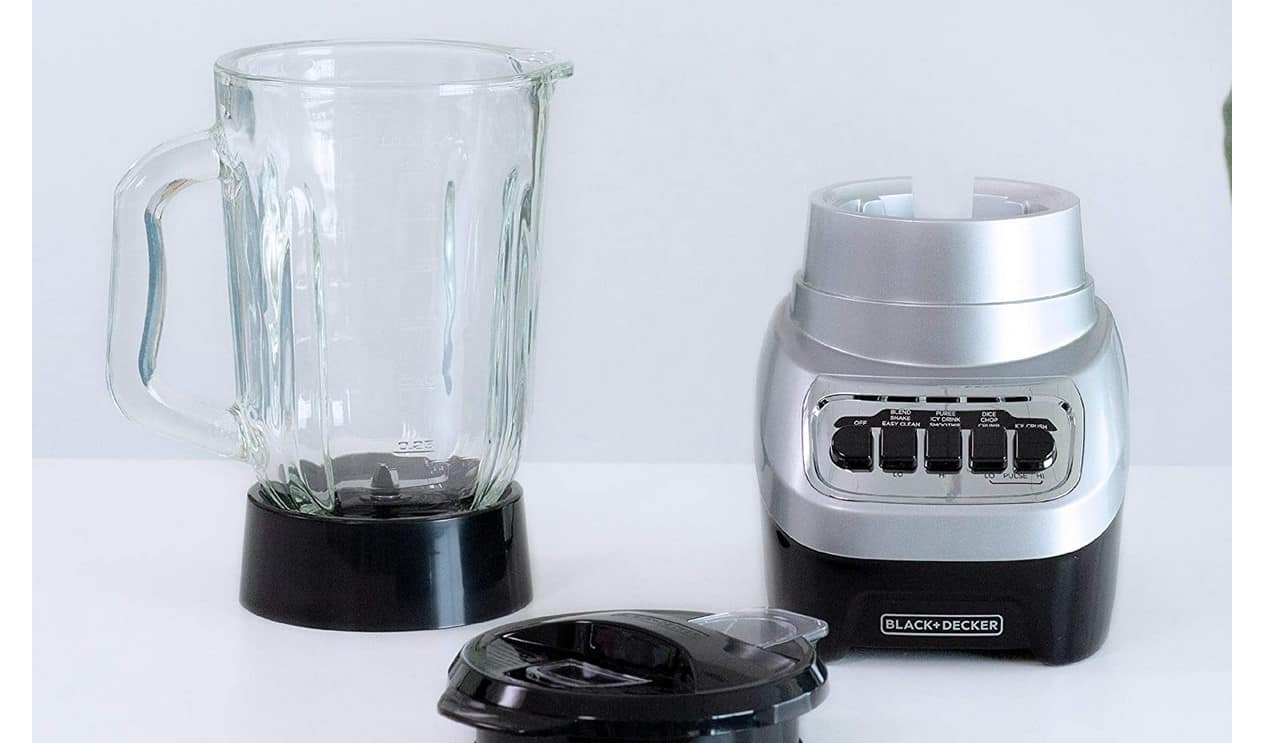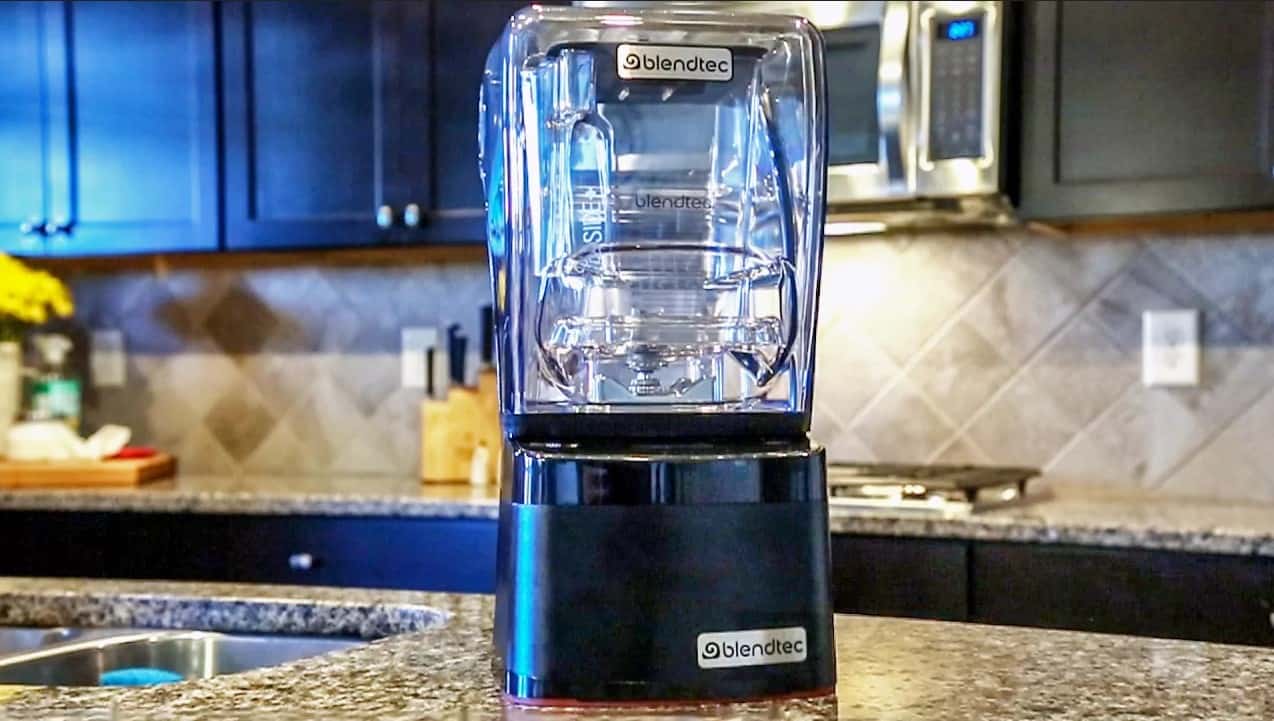If you are shopping around for a spiffy new kitchen appliance, you may be comparing choppers vs blenders. Even the best blenders, after all, can struggle when it comes to chopping up ingredients for recipes. So what are the differences between the two? Keep reading to find out.
KEY TAKEAWAYS:
- Choppers and blenders are extremely different, with the former being used to prep solid food ingredients, such as onions, and the latter being used to make homogenous mixtures.
- Blenders tend to feature powerful motors whereas a food chopper is typically operated by hand.
- Choppers are typically extremely small and lightweight, whereas conventional countertop blenders are heavy and bulky.
Differences Between Choppers and Blenders
The primary difference is fairly obvious, as blenders are designed to blend up ingredients into homogeneous mixtures, whereas a food chopper is designed to chop up ingredients for use in recipes. A food chopper has more in common with a food processor than with a blender. The differences are night and day, and similar to when you contrast a commercial blender vs a home blender.
Here are some more key contrasts between choppers and blenders.
Insider Tip
Throw in some tomatoes, onions, peppers, and cilantro into a food chopper. Pulse a few times to make a fantastic homemade salsa.
Power
Blenders typically feature a powerful motor that makes short work out of solid ingredients and liquids alike. With that in mind, many blenders require access to electricity in order to function. On the other hand, food choppers are typically manually powered. Meaning, they feature a design in which the user pushes down on a button of some kind to force the chopper into action to cut dry ingredients. Choppers, after all, are usually only required to perform two or three cuts or rotations before your onions, for instance, are adequately chopped, thanks to sharp blades. Blenders use power, such as when comparing a blender with 500 watts vs 700 watts, and choppers do not.
Size and Weight
Choppers tend to be much lighter and smaller than blenders or even food processors. With that in mind, they can not chop large amounts of food at once, but they can typically be thrown in a cupboard or behind a counter when not in use. Blenders, on the other hand, tend to be heavy and on the larger side, particularly traditional countertop blenders. Stick blenders and hand blenders can run small, but this is the exception and not the rule.
Making Soups and Smoothies
Blenders are ideal for making soups, smoothies, and even stews (use an immersion blender.) Choppers, on the other hand, lack the power and the size to make something like a smoothie. Use them for food prep, such as chopping onions, making small batches of salsa, and related tasks.
F.A.Q.S
Food processor vs blender: what’s the difference?
A food processor is for cutting down prep time when it comes to cooking, whereas a blender, even an immersion blender, is for making homogenous mixtures.
How is a food processor different from a food chopper?
A food processor typically includes a powerful motor and is suited to a variety of tasks, making them ideal for a commercial kitchen, whereas a chopper is powered by hand. Choppers also take up much less counter space.
Can I put frozen fruit in a food processor?
You can put frozen fruit in a food processor, so long as you also throw in some liquid to help the process along. Liquid ingredients are a must when trying to grind up frozen ingredients.
STAT: In 1946 John Oster, owner of the Oster barber equipment company, bought Stevens Electric Co. and designed its own blender, which Oster commercialized under the trademark Osterizer. Oster was bought by Sunbeam Products in 1960. (source)

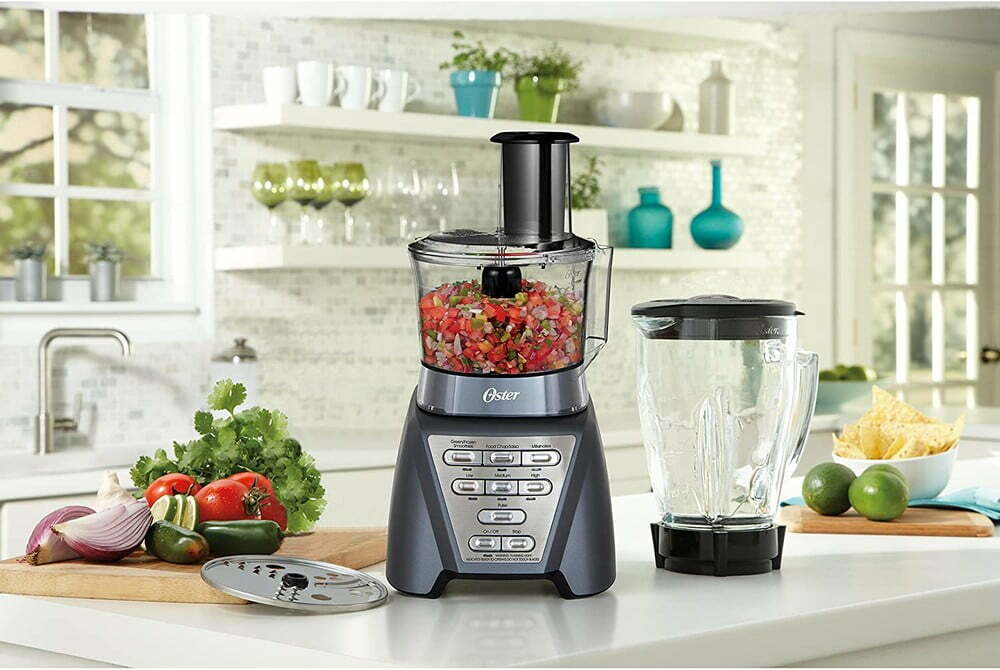













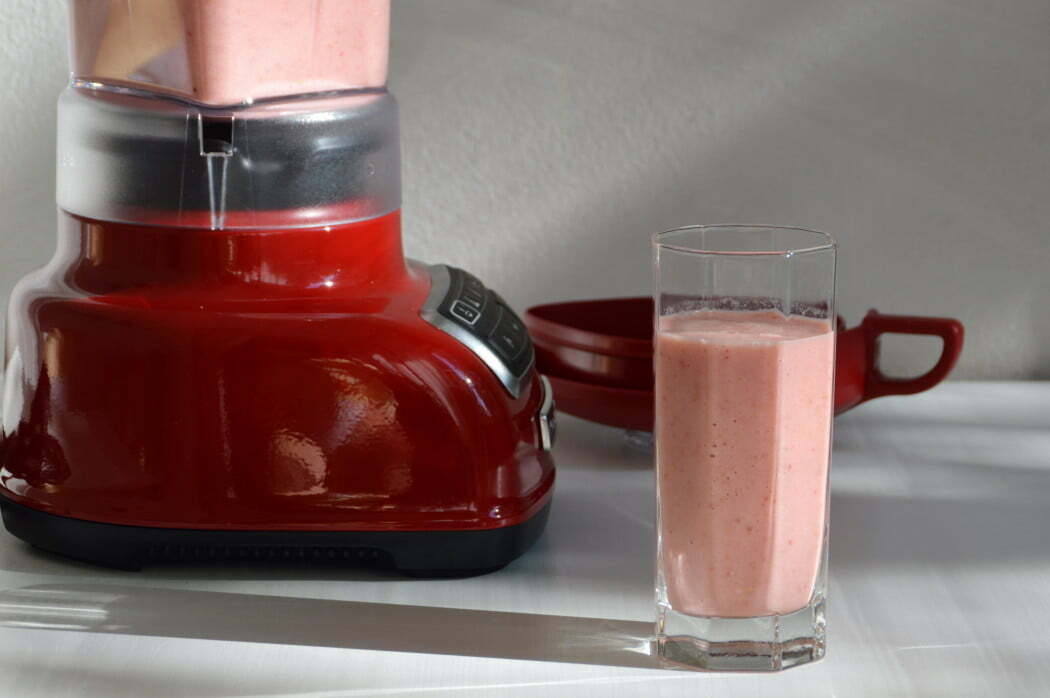
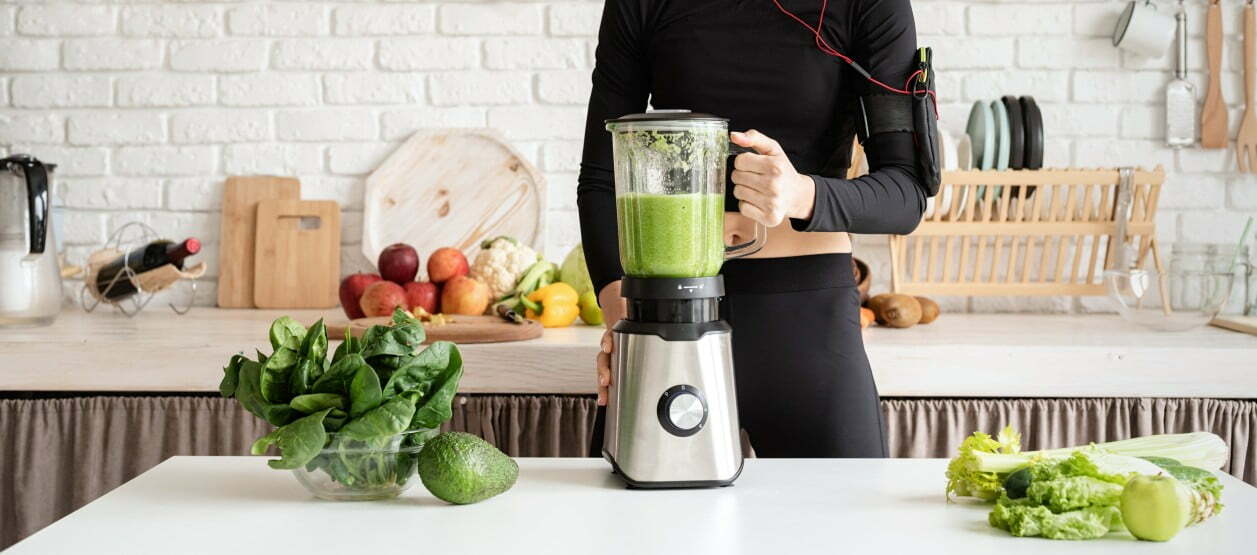
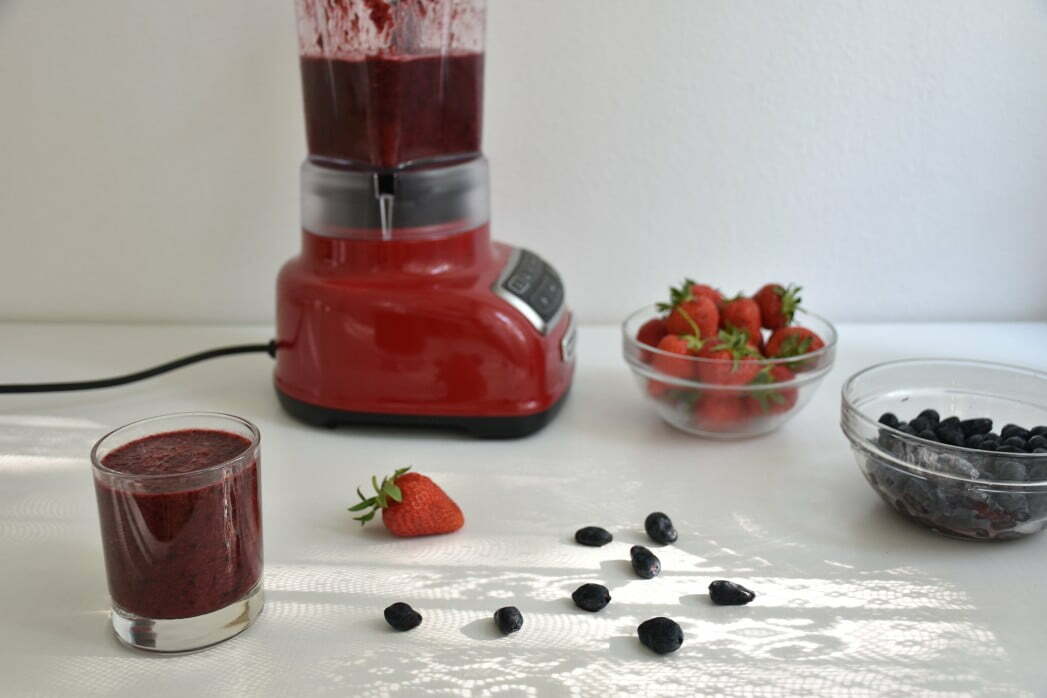
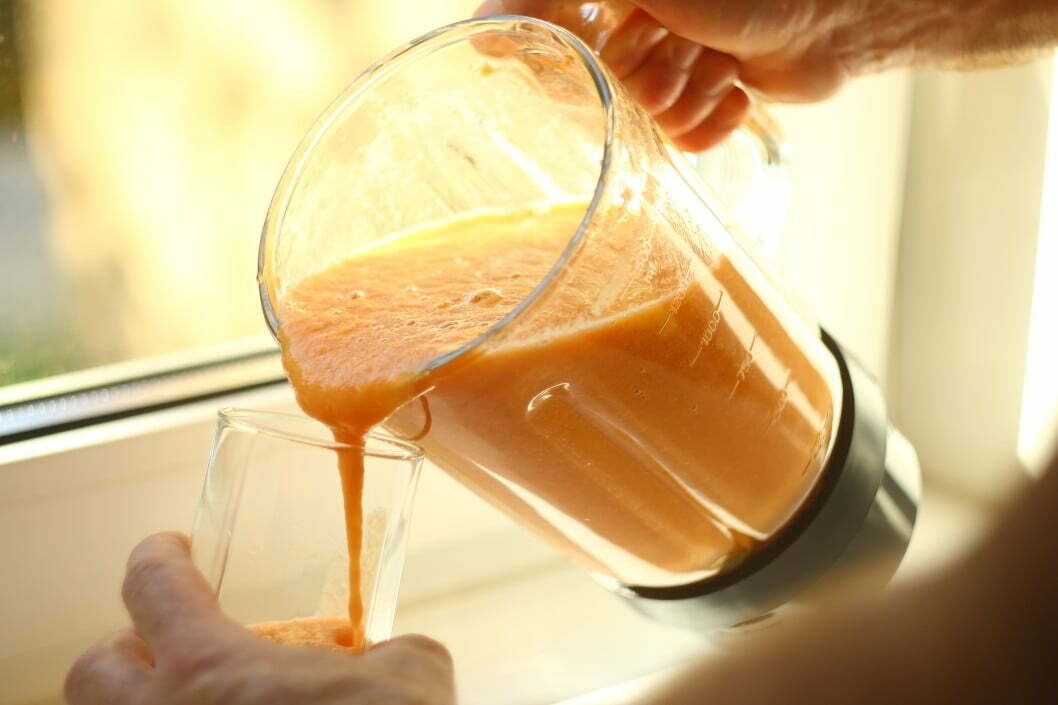
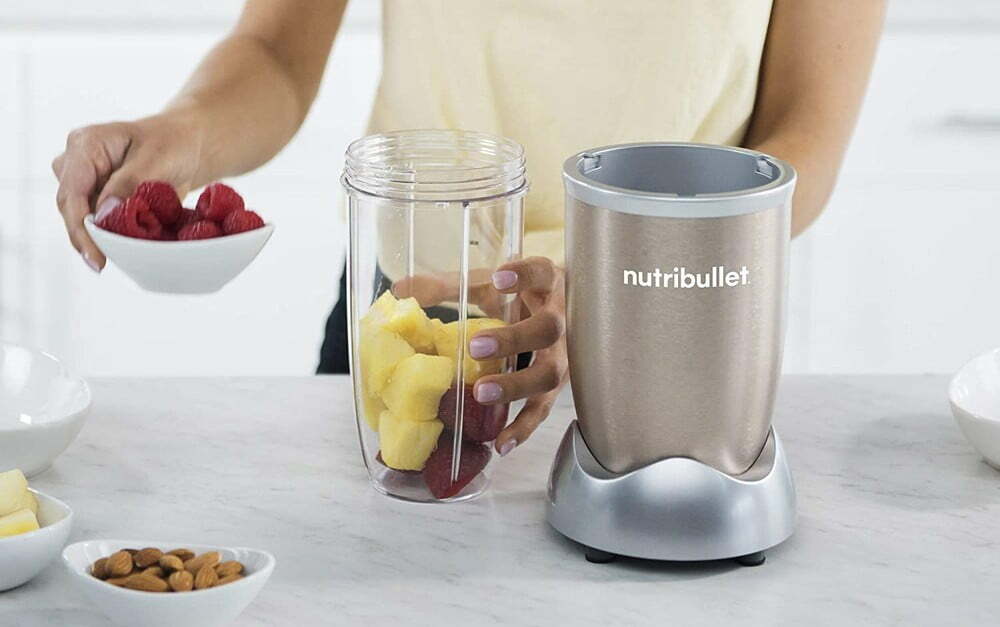
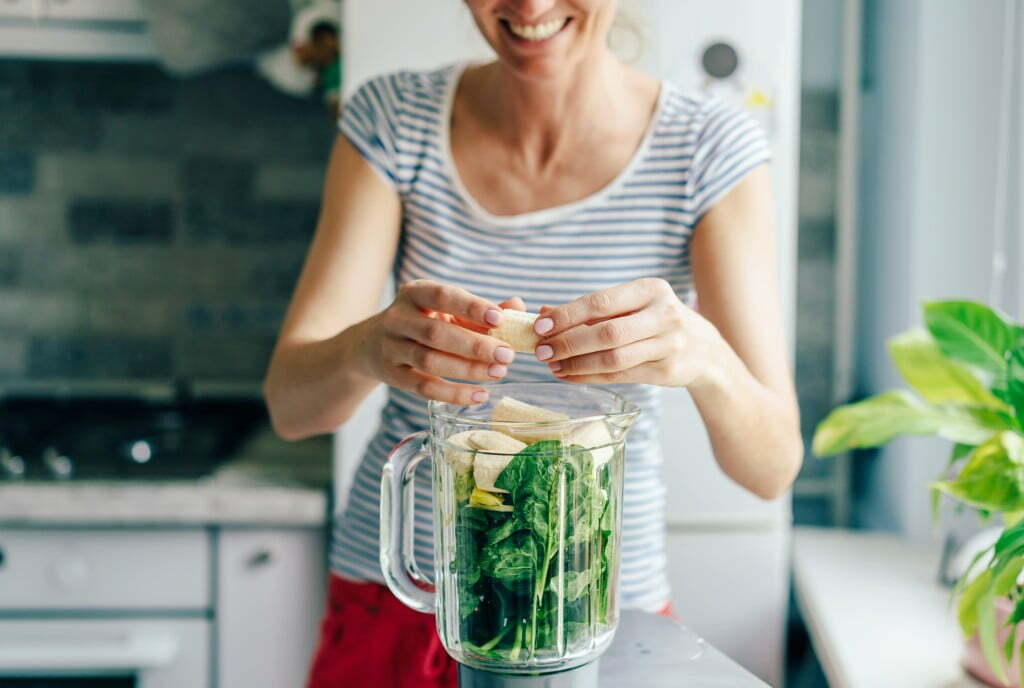
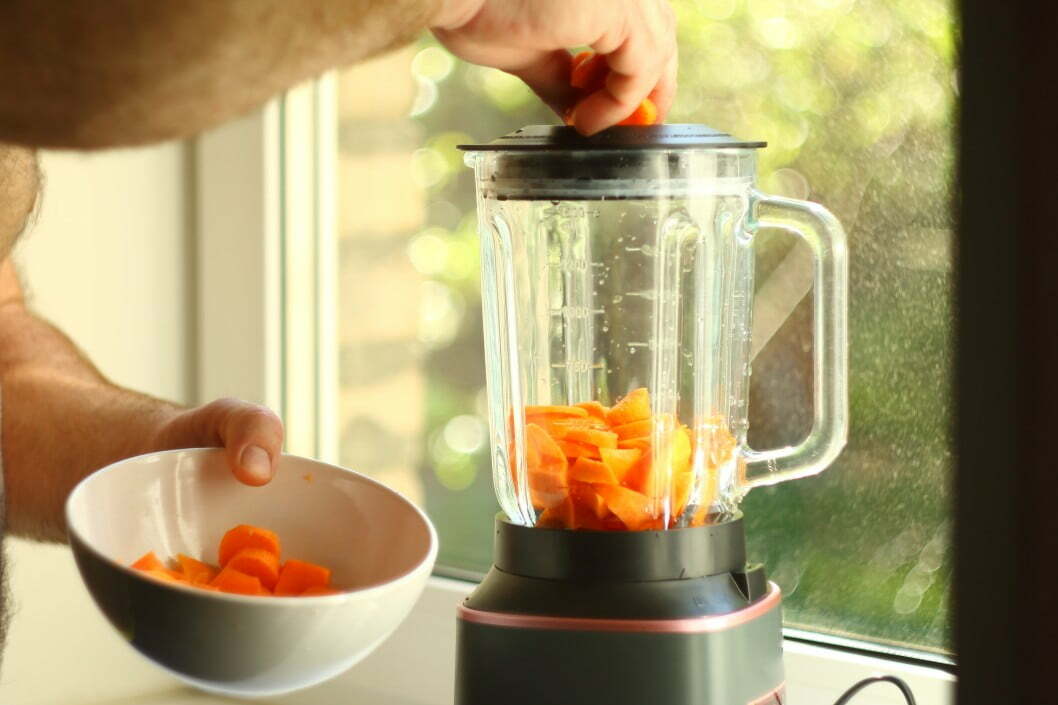
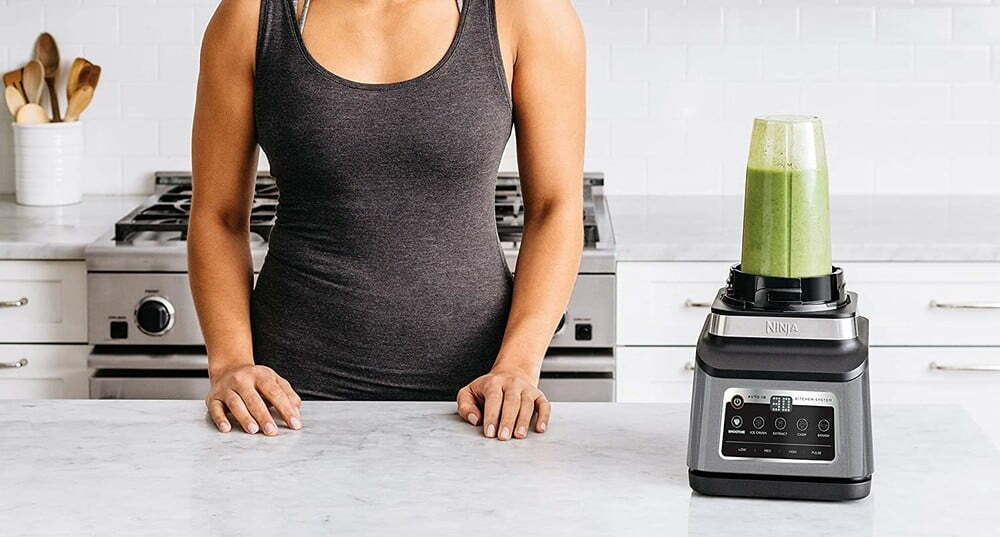
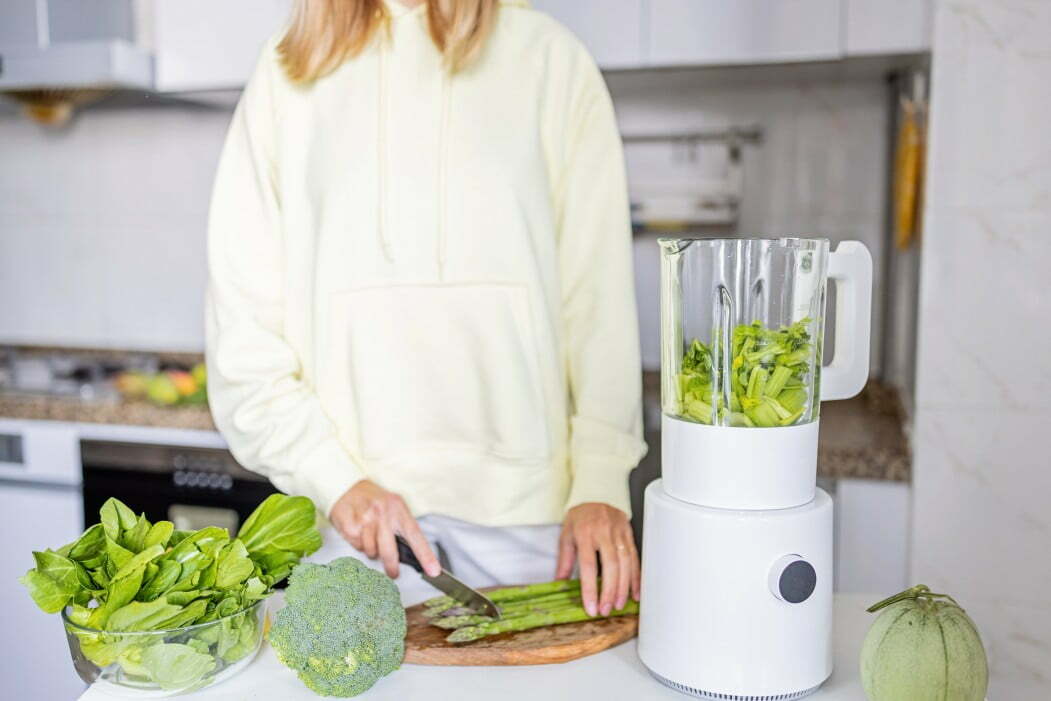

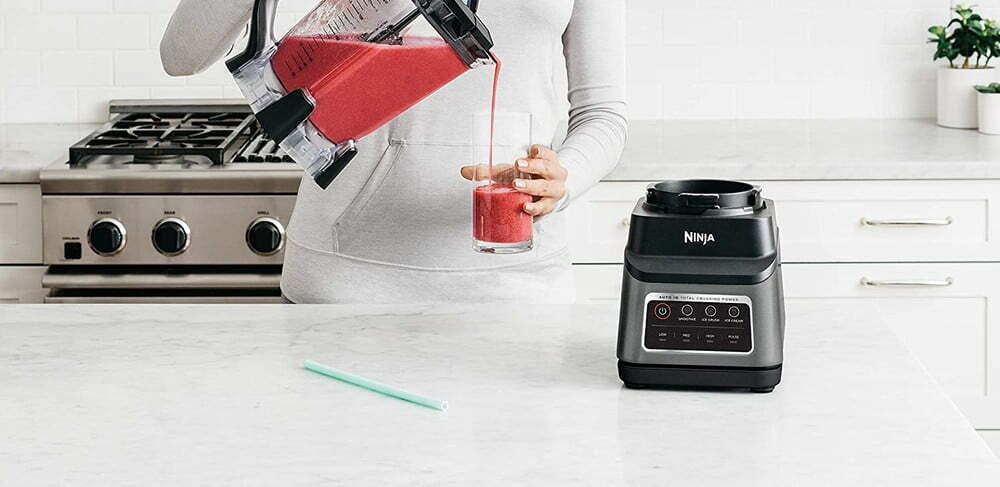
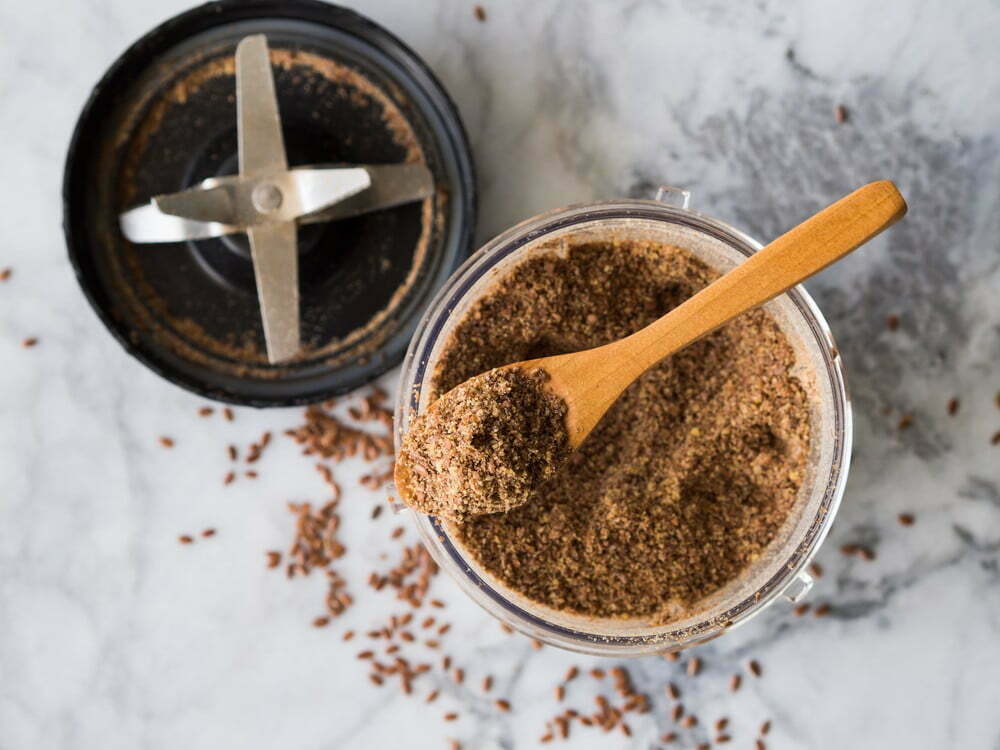
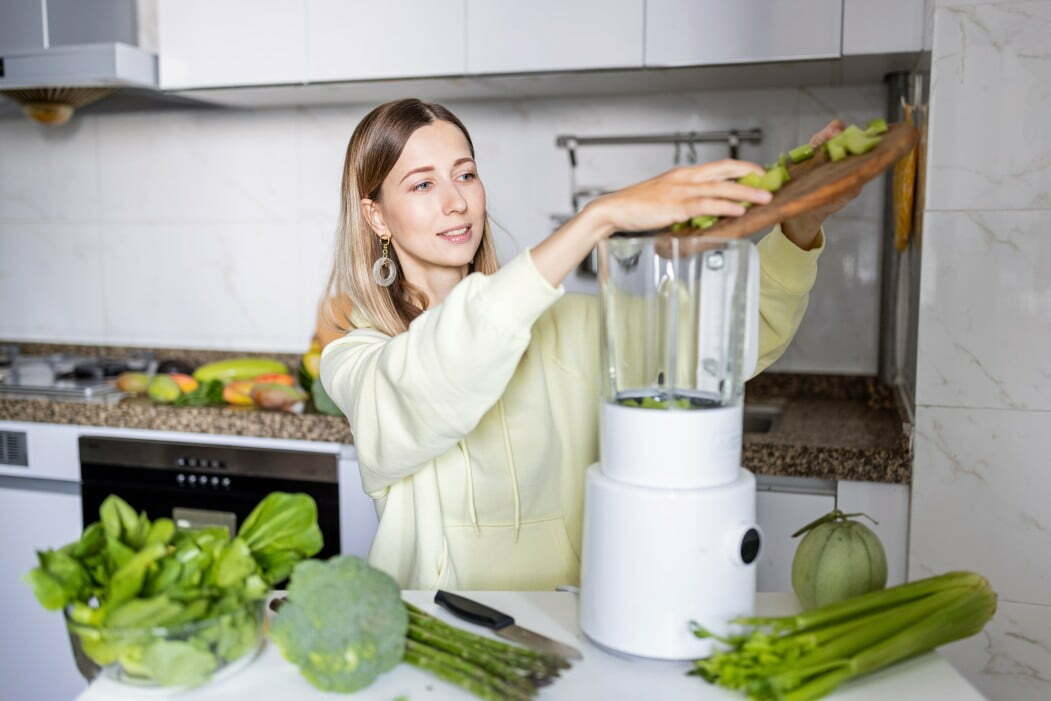
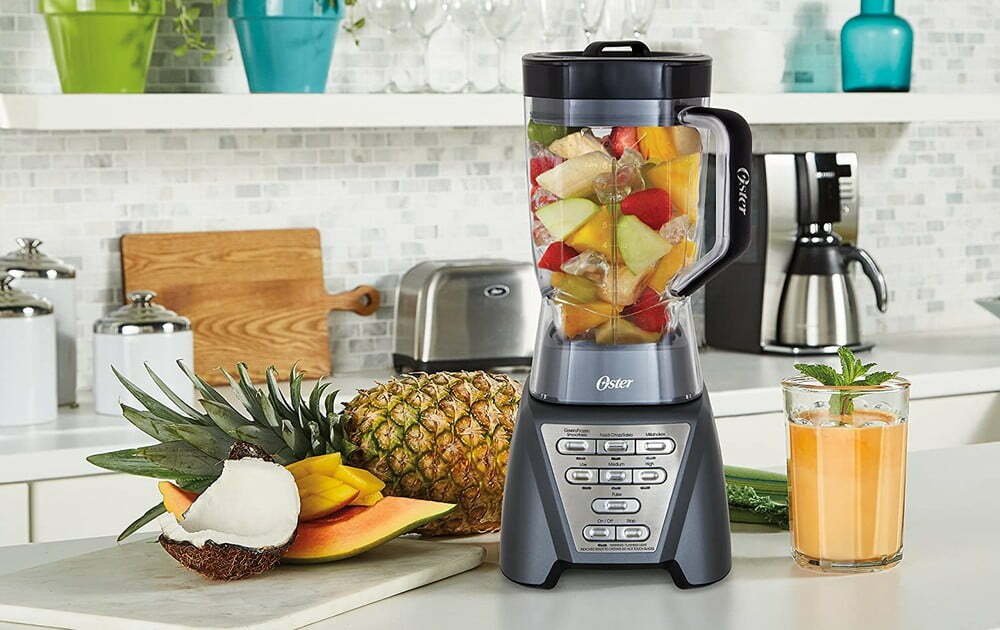
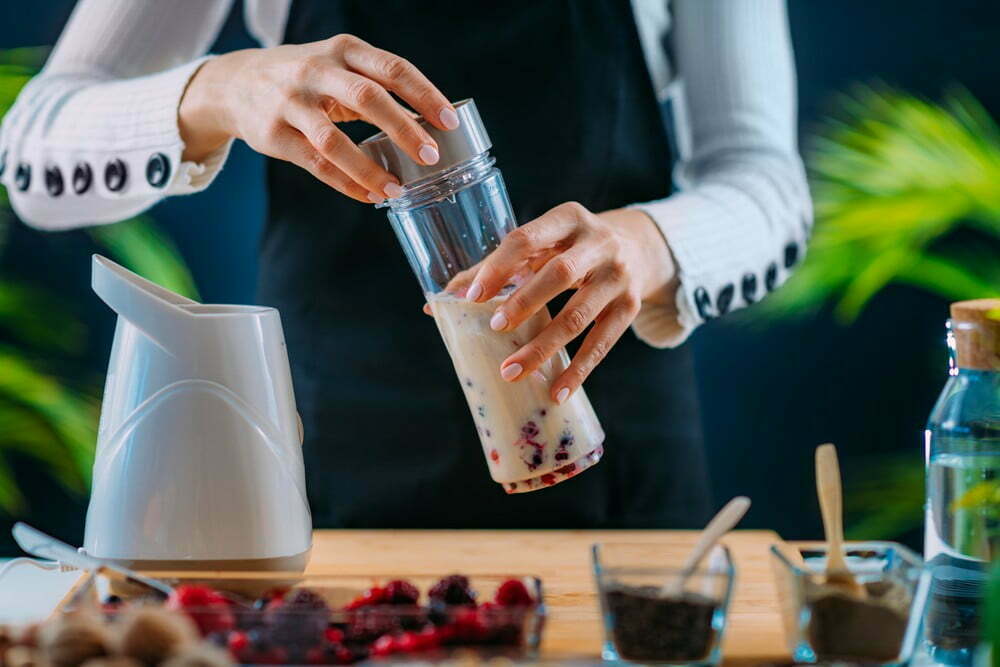
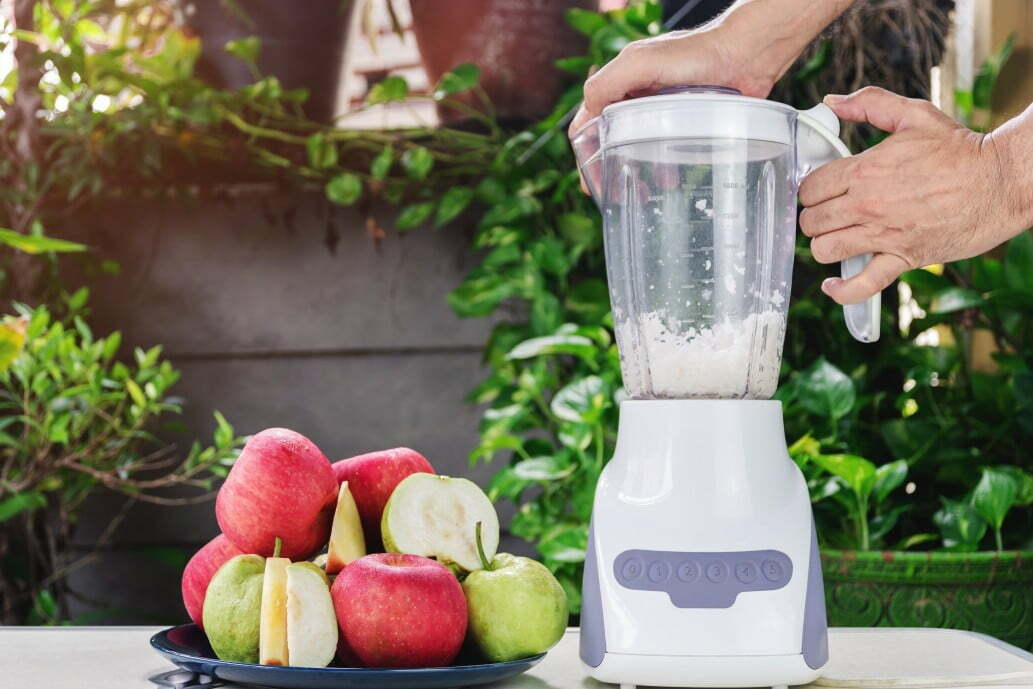
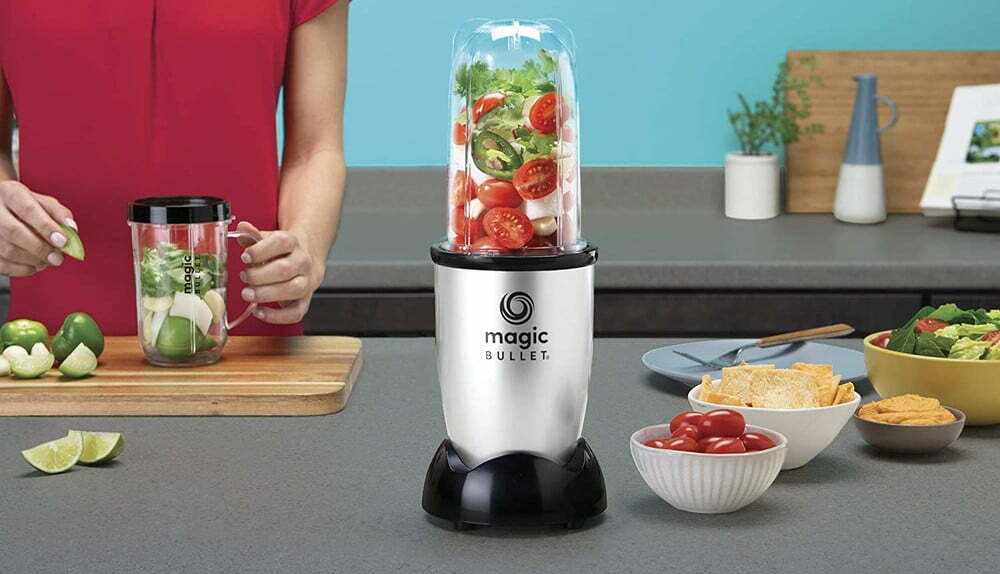
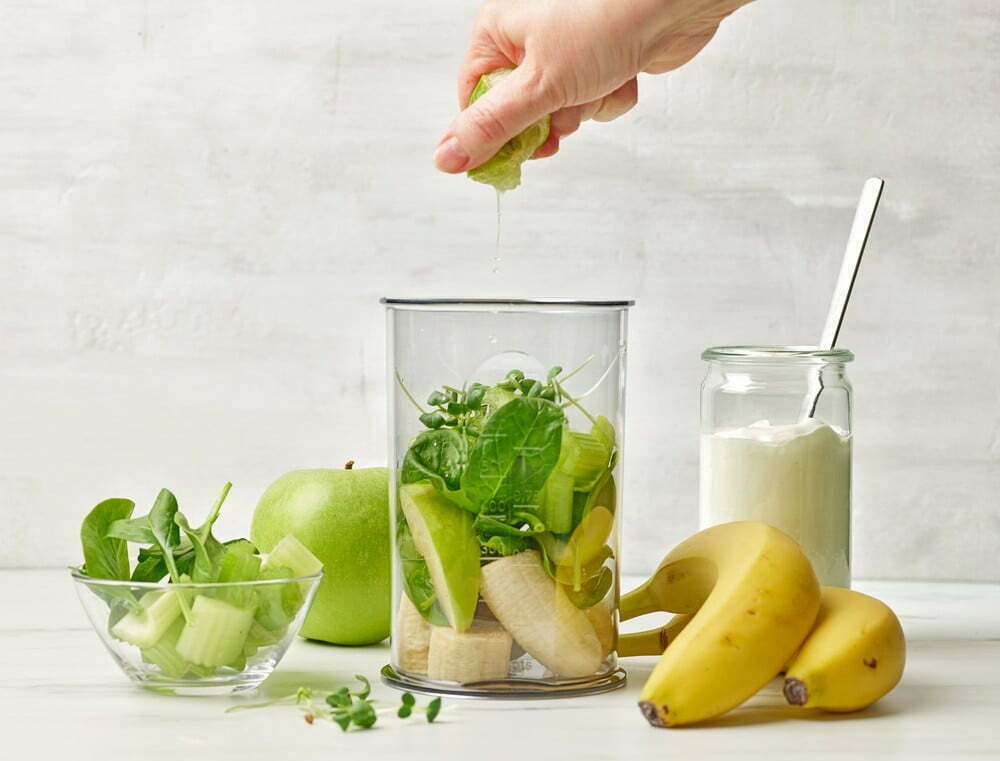
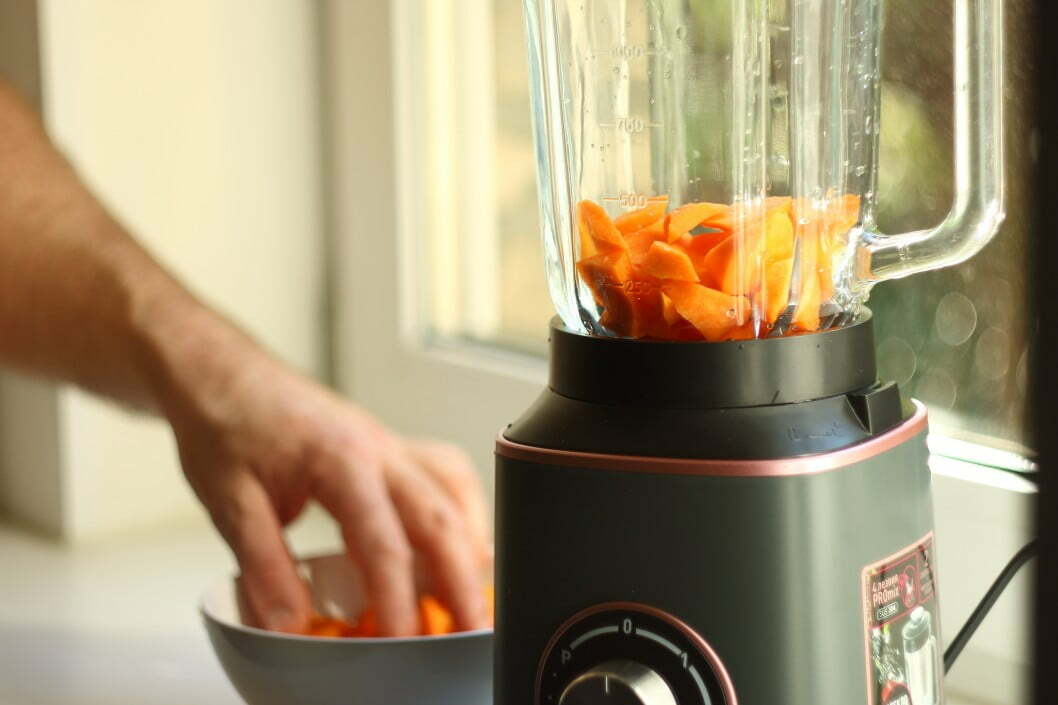
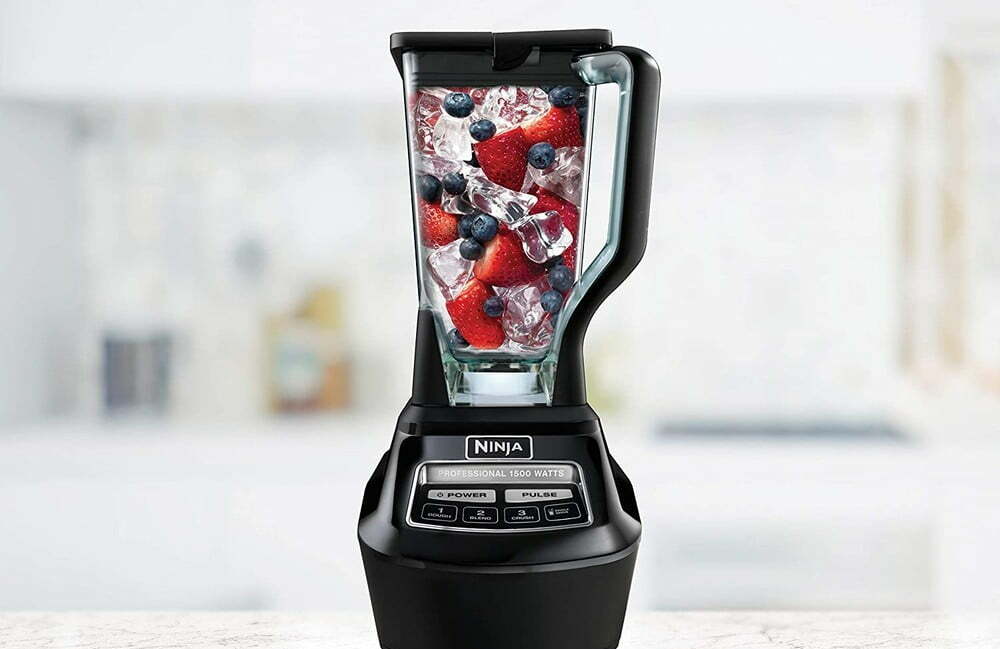
![Best Blender in [year] ([month] Reviews) 27 Best Blender in 2025 (December Reviews)](https://www.gadgetreview.dev/wp-content/uploads/best-blender-image.jpg)
![Best Kitchen Appliances in [year] ([month] Reviews) 28 Best Kitchen Appliances in 2025 (December Reviews)](https://www.gadgetreview.dev/wp-content/uploads/best-kitchen-appliances.jpg)
![Best Blenders for Acai Bowl in [year] 29 Best Blenders for Acai Bowl in 2025](https://www.gadgetreview.dev/wp-content/uploads/best-blender-for-acai-bowl-image.jpg)
![Best Blenders for Vegans in [year] 30 Best Blenders for Vegans in 2025](https://www.gadgetreview.dev/wp-content/uploads/best-blender-for-vegans-image.jpg)
![Best High-Powered Home Blenders in [year] 31 Best High-Powered Home Blenders in 2025](https://www.gadgetreview.dev/wp-content/uploads/best-high-powered-home-blender-image.jpg)
![Best Easy Clean Blenders in [year] 32 Best Easy Clean Blenders in 2025](https://www.gadgetreview.dev/wp-content/uploads/best-easy-clean-blender-image.jpg)
![Best Blendtec Blenders in [year] 33 Best Blendtec Blenders in 2025](https://www.gadgetreview.dev/wp-content/uploads/best-blendtec-blender-image.jpg)
![Best Oster Blenders in [year] 34 Best Oster Blenders in 2025](https://www.gadgetreview.dev/wp-content/uploads/best-oster-blender-image.jpg)
![Best Nutribullet Blenders in [year] 35 Best Nutribullet Blenders in 2025](https://www.gadgetreview.dev/wp-content/uploads/best-nutribullet-blender-image.jpg)
![Best Vitamix Blender in [year] 36 Best Vitamix Blender in 2025](https://www.gadgetreview.dev/wp-content/uploads/best-vitamix-blender-image.jpg)
![Best Quiet Blenders in [year] 37 Best Quiet Blenders in 2025](https://www.gadgetreview.dev/wp-content/uploads/best-quiet-blender.jpg)
![Best Blenders for Protein Shakes in [year] 38 Best Blenders for Protein Shakes in 2025](https://www.gadgetreview.dev/wp-content/uploads/best-blender-for-protein-shakes.jpg)
![Best Blenders for Milkshakes in [year] 39 Best Blenders for Milkshakes in 2025](https://www.gadgetreview.dev/wp-content/uploads/best-blender-for-milkshakes.jpg)
![Best Blenders for Margaritas in [year] 40 Best Blenders for Margaritas in 2025](https://www.gadgetreview.dev/wp-content/uploads/best-blender-for-margaritas.jpg)
![Best Blenders for Nut Butter in [year] 41 Best Blenders for Nut Butter in 2025](https://www.gadgetreview.dev/wp-content/uploads/best-blender-for-nut-butter.jpg)
![Best Ninja Blenders in [year] 42 Best Ninja Blenders in 2025](https://www.gadgetreview.dev/wp-content/uploads/best-ninja-blender.jpg)
![Best Commercial Blenders in [year] 43 Best Commercial Blenders in 2025](https://www.gadgetreview.dev/wp-content/uploads/best-commercial-blender.jpg)
![10 Best Portable Blenders for Travel in [year] 44 10 Best Portable Blenders for Travel in 2025](https://www.gadgetreview.dev/wp-content/uploads/best-portable-blender-for-travel.png)
![10 Best Vacuum Blenders in [year] 45 10 Best Vacuum Blenders in 2025](https://www.gadgetreview.dev/wp-content/uploads/best-vacuum-blender.jpg)
